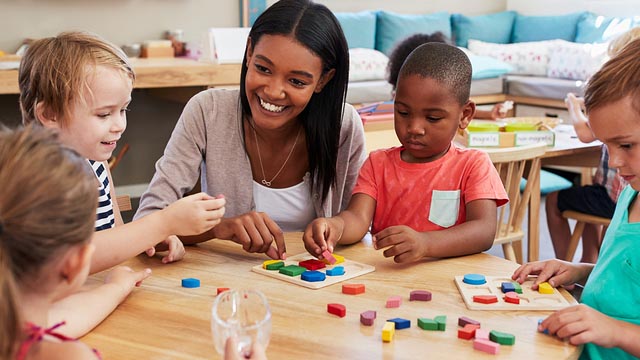Perhaps the largest And most pervasive issue in special education, in addition to my own journey in education, is special education’s relationship to general education. History has proven that this has not been a simple clear cut relationship between the two. There has been a good deal of giving and accepting or perhaps should say pulling and pushing in regards to educational policy, as well as the instructional practices and services of education and special education by the individual teachers who provide those services on both sides of the isle, like me.

Over the past 20+ years have been on both sides of education. have seen and felt what it was like to become a normal principal stream educator dealing with special education policy, special education students and their technical teachers. also have been on the special instruction side hoping to find regular education teachers to work more efficiently with my special education students through altering their instruction and materials and with a bit more patience and compassion.
Furthermore, has Been a mainstream regular education teacher who taught regular education inclusion classes trying to work out how to work with a few new special education teachers in my class and their special education students too. And, by comparison, have been a special education inclusion teacher intruding on the land of some regular education teachers with my special education students and the alterations believed these teachers must implement. can tell you firsthand that none of the give and take between special education and regular education has been simple. Nor do see that this pushing and pulling becoming simple anytime soon.
So, What’s special education? And what makes it so unique and so intricate and controversial sometimes? Well, special education, as its name implies, is a technical branch of education. Special educators Teach pupils who have cognitive, physical, language, learning, sensory, or psychological abilities that deviate from those of the general population. Special educators provide education specifically tailored to meet individualized needs. These teachers essentially make education more accessible and available to students who otherwise would have restricted access to education because of whatever disability they are struggling with.
The prevailing view of The writers of the time period was that one should submit to misfortunes, both as a form of obedience to God’s will, and because these appearing misfortunes are ultimately intended for one’s own good. Progress for our individuals with disabilities was hard to find now with this method of thinking permeating our society, thinking and literature.
